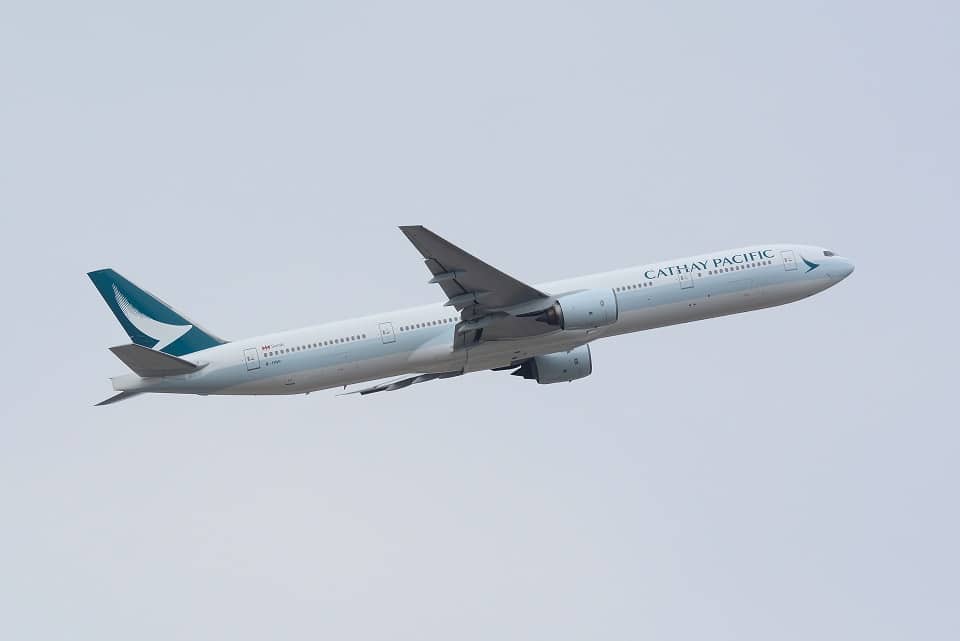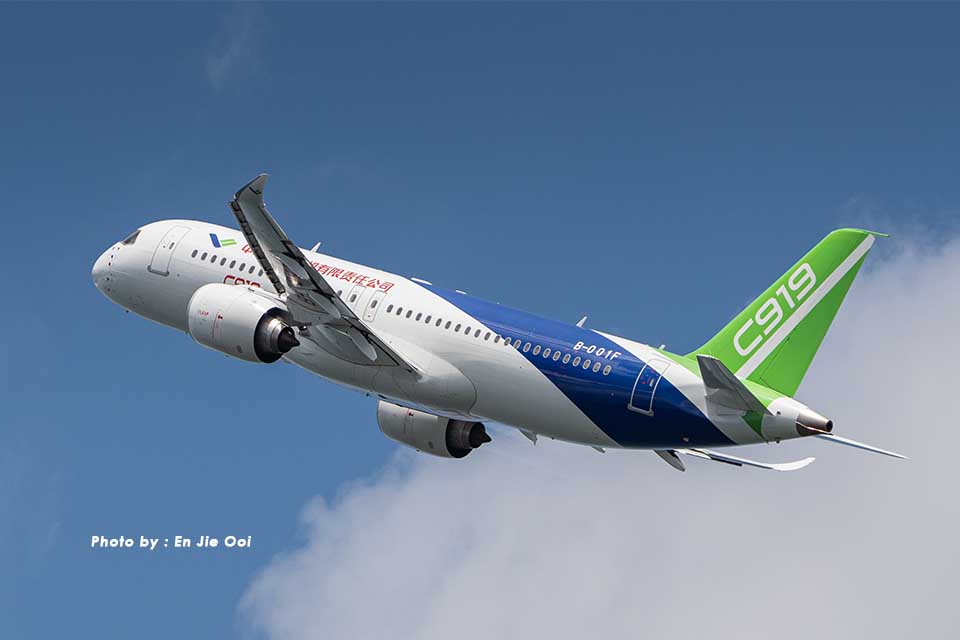Airlines
Air India crew look: Colour grey hair; no to crew cut for males, females asked to avoid pearl earrings
Air India issued a 40-page circular outlining the revised image and uniform rules

Air India issued a 40-page circular outlining the revised image and uniform rules, which clearly state the requirements for both male and female crew members.
“All cabins of the flight need the male staff to wear black uniform jackets. (during servicing, boarding, and deplaning). No one may wear a personal tie pin. If one is not provided, crew members can wear ties without them. To be worn with the uniform are just black, calf-length socks without logos. Men are required to keep a tidy, short haircut with a side parting (without volume), according to an Air India circular.
US Airlines Cut One Million Seats for Thanksgiving(Opens in a new browser tab)
Additionally, Air India required the male crew members to regularly shave and use hair gel. It is required to use hair gel. Crew members who have severely receding hairlines or balding areas must maintain a clean-shaven appearance. Daily head shaving is required. A crew cut is not acceptable. Grey hair is not acceptable. Regular colouring in a natural shade is required for grey hair. Rings: For men, a single ring with a wedding band design is permitted. One single Sikh Kada, made of gold or silver with a maximum width of 0.5 cm and no designs, logos, or stones, may be worn. The rules stated.
Female crew members of Air India were asked to strictly following to the most recent uniform rules.
The apron has been discontinued and should not be used. Additionally eliminated and not permitted on board is the black blazer with Indo-Western attire. When wearing a saree or an Indo-Western outfit, calf-length stockings that are sheer and match the skin tone are required for flight duties. On LH and ULH flights all year long, the company-issued black cardigan may be worn during boarding, deplaning, and quiet periods in flight (only during the winter months). Never put on a cardigan over a waistcoat. Cardigan is not allowed while in service.
For all flight responsibilities utilising the company shade card exclusively, the crew is required to wear full makeup in accordance with the new uniform rules. The use of eyeshadow, lipstick, nail polish and hair colour cards must closely adhere to standard requirements. In these four products, individual colour preferences are not allowed.
Earrings are only permitted as round, plain-shaped studs made of gold or diamond. It’s forbidden to wear pearls. Only a tiny, bindi that is no larger than 0.5 cm in size, is permitted with a saree. Two rings with 1 cm of width allowed for the female crew but to be worn one in each hand. Only 1 thin bangle in gold or silver without design and stones may be worn.
Air India ordered all crew members to instantly execute the aforementioned uniform norms, but according to airline sources, this is not possible because it will take time for thousands of staff members to adhere to the most recent regulations.

Airlines
Cathay Pacific asks business class customers to bring their own cutlery

In an innovative move towards sustainability, renowned Hong Kong carrier Cathay Pacific has recently floated an unconventional idea to its business class customers.
Bringing their own cutlery sets onboard. This initiative, revealed through a member survey circulated within the airline’s “Cathay Lab” community – a platform comprising frequent business class travelers – has stirred a wave of curiosity within the aviation industry.
With sustainability becoming an increasing concern in aviation, Cathay Pacific’s survey aimed to gauge passengers‘ willingness to partake in various eco-friendly practices during their journeys.
Among the initiatives presented, including refilling reusable water bottles and recycling plastic, the prospect of bringing personal cutlery garnered significant attention. Some members expressed practical concerns, questioning the feasibility of carrying cutlery through airport security and the potential inconvenience for passengers unaware of regulations.
Others suggested that Cathay Pacific should simply provide reusable cutlery onboard instead. Furthermore, there were suspicions among some respondents that the BYO cutlery proposal might be a precursor to introducing additional charges, with one user humorously envisioning a scenario where the airline lends cutlery sets for a fee.
Despite the skepticism surrounding the proposal, Cathay Pacific’s exploration of innovative sustainability measures reflects a broader industry trend towards environmental consciousness.
Airlines
Air India and IndiGo’s Joint Initiative, Plans for 170 Wide-Body Aircraft

In a bold move that underscores their confidence in India’s burgeoning aviation sector, Air India and IndiGo have revealed ambitious plans to acquire a combined total of up to 170 wide-body aircraft.
This strategic investment marks a significant shift in the country’s aviation landscape, as it brings European aircraft manufacturer Airbus into a domain traditionally dominated by American giant Boeing.
With India positioned as one of the world’s fastest-growing aviation markets, the timing couldn’t be more opportune for such expansion endeavors. The aim is clear: to elevate India’s status as a global aviation hub by enhancing connectivity through direct flights between Indian cities and international destinations.
Currently, a substantial portion of India’s international air traffic relies on overseas hubs, particularly in the Gulf region. IndiGo’s announcement of firm orders for 30 A350-900 aircraft, with an option for an additional 70, signals its commitment to capturing a larger share of the long-haul market.
Meanwhile, Air India’s comprehensive order, unveiled last year, encompasses 70 wide-body planes, including a mix of A350 and Boeing 787 models.
Recognizing the potential for disruption in the long and ultra-long haul segments, aviation consultancy CAPA India has emphasized the pivotal role Indian carriers can play in driving innovation and transformation.
With the current combined fleet size of Indian airlines exceeding 700 aircraft, the stage is set for Air India and IndiGo to spearhead a new era of growth and connectivity in the Indian aviation sector.
Airlines
Air China Makes Landmark Deal: Orders 100 C919 Jets from COMAC

In a strategic move that could reshape China’s aviation industry, Air China has inked a monumental deal with Comac, signaling a significant shift in the nation’s commercial aircraft procurement landscape.
The agreement, valued at a staggering $10.8 billion based on list prices, entails the purchase of 100 Comac C919 jets, a resounding endorsement of the homegrown challenger to aerospace giants Airbus and Boeing.
The announcement, disclosed in a filing by Air China, underscores the airline’s commitment to bolstering its fleet with domestically manufactured aircraft. These C919 jets, slated for delivery between 2024 and 2031, are poised to amplify Air China’s operational capabilities and enhance its competitive stance in the global aviation arena.
The C919, a formidable competitor to Boeing’s 737 Max and Airbus’s A320neo, symbolizes China’s ambitious foray into the global aviation market. With Air China’s commitment to acquiring a substantial fleet of C919s, the aircraft is poised to carve out a formidable niche in the industry, challenging the dominance of established players.
Notably, Air China‘s existing fleet comprises an extensive array of Airbus and Boeing aircraft, showcasing its diverse operational portfolio.
With nearly 500 airplanes in service, including models from the A320 family and the 737 series, Air China’s decision to incorporate the C919 into its fleet underscores a strategic diversification strategy.
While Airbus has enjoyed notable success in China, buoyed by its local assembly line, Boeing has faced formidable challenges in recent years. However, Air China’s resolute investment in the C919 signals a paradigm shift, amplifying China’s quest for self-sufficiency in aviation.



























